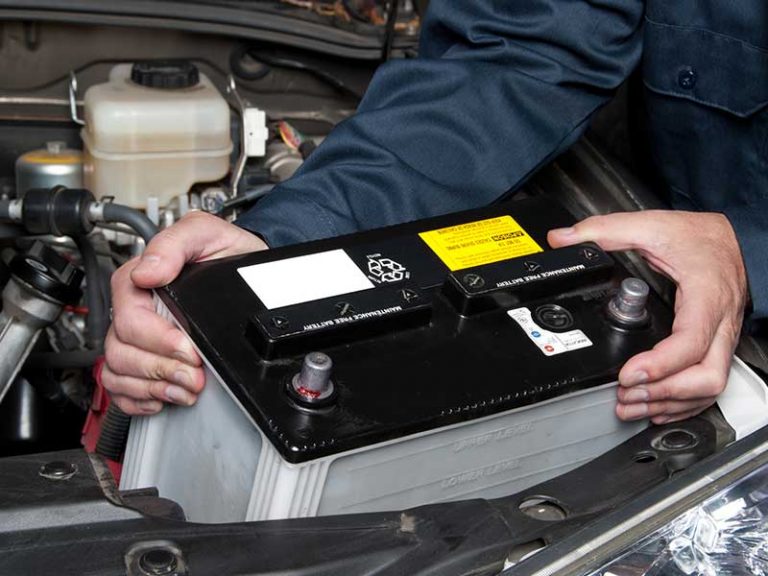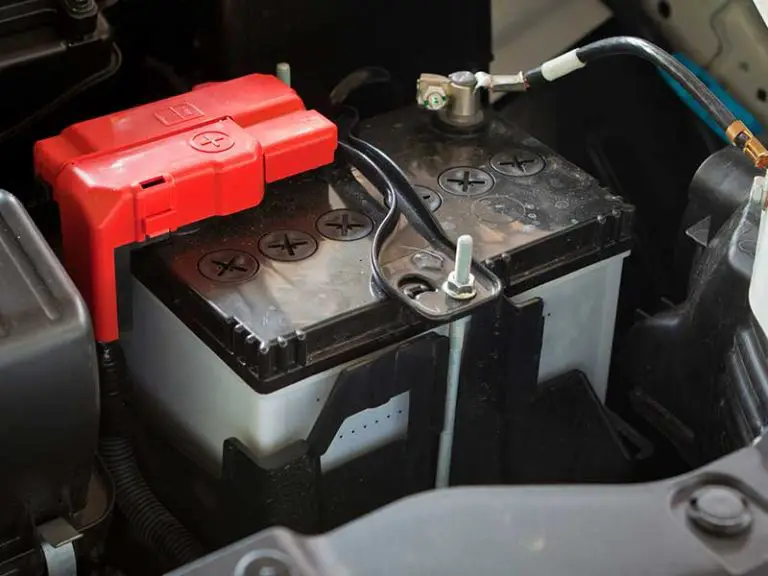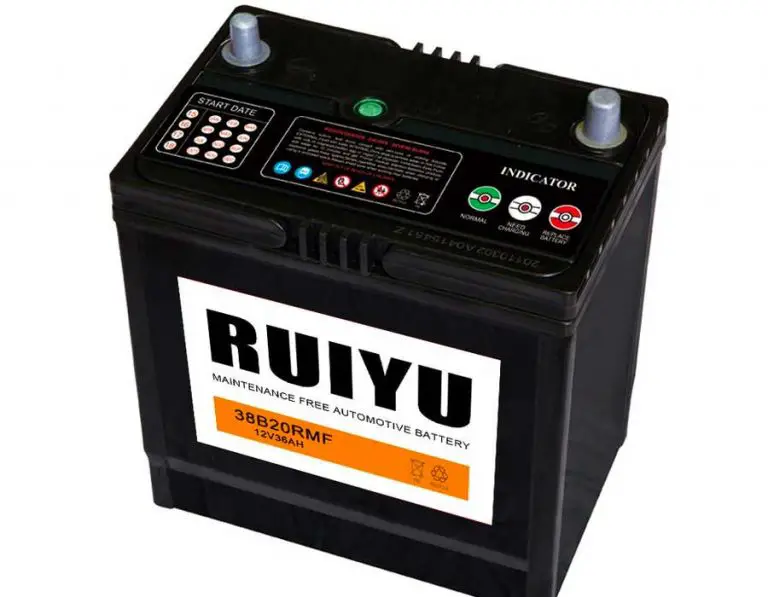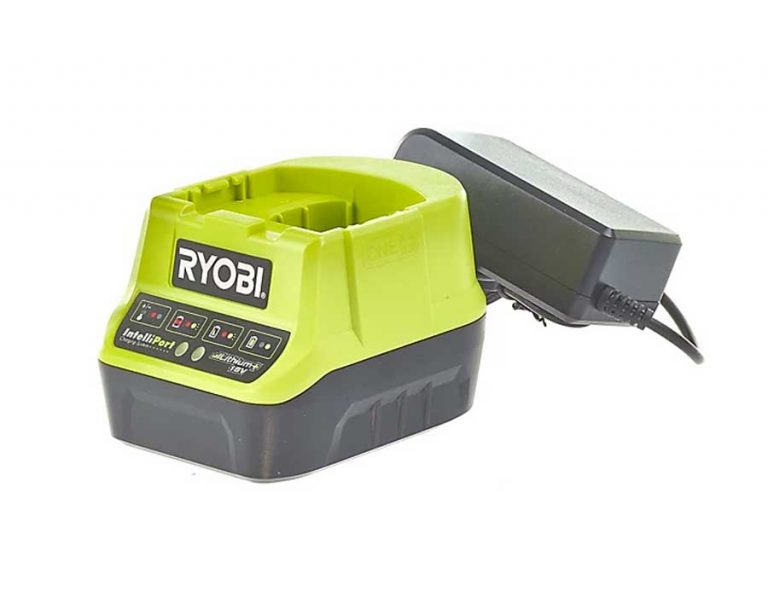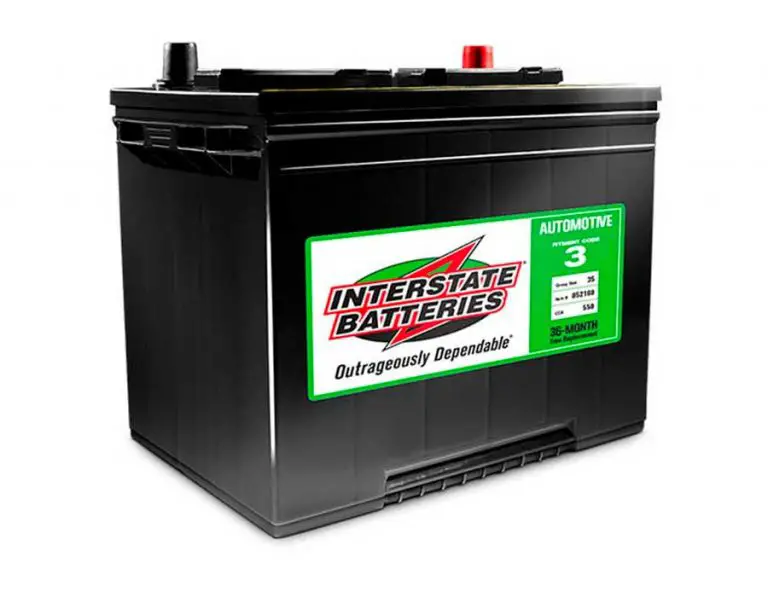What Is The Equivalent To A LR41 Battery?
LR41 battery is one of the most popular and widely used battery types, thanks to its compact size and flawless functionality. Although numerous brands manufacture the LR41 battery, its demand has skyrocketed in the past few years.
This surge in demand has led people to question, “Is there an alternative for an LR41 battery?”
Fortunately, some silver oxide, alkaline, and zinc-air batteries serve the purpose of standard LR41 batteries, making them an appropriate substitute.
Here’s a quick guide about LR41 batteries and their alternatives.
What Is A LR41 Battery?
LR41 is a mini-sized alkaline button battery used in various electronic devices. Many renowned brands, including Toshiba, Maxell, and Murata, manufacture this battery type. However, the one you want to purchase depends on your budget and needs.
You can always compare the prices and technical specifications to choose the right LR41 battery for yourself.
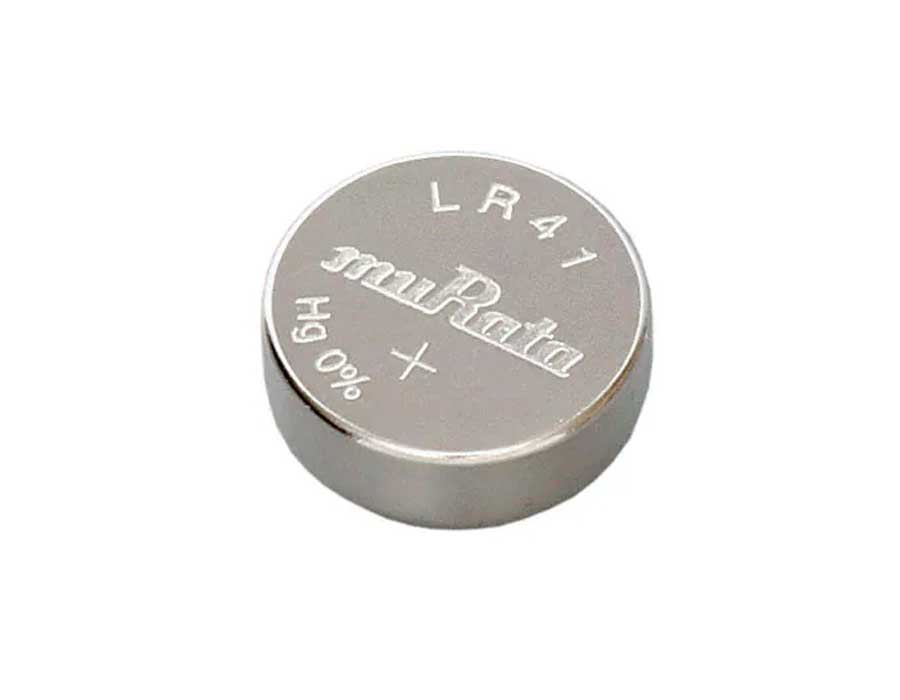
Nonetheless, regardless of the LR41 battery you pick, you can expect it to be durable, efficient, and reliable.
They provide optimal performance, high capacity, and last longer.
Specifications:
While many companies can make fancy claims about their products, the best way to determine their usability and practicality is to look at their specifications.
Here’s a table highlighting the technical specifications of the LR41 battery.
| LR41 Battery Capacity | ≈ 25-32mAh |
| LR41 Battery Height | 3.6mm |
| LR41 Battery Diameter | 7.9mm |
| LR41 Battery Standard Voltage | 1.5V |
| LR41 Battery Chemistry | Alkaline (or silver oxide variants) |
| LR41 Operating Temperature | 0-6C |
| LR41 Battery Optimal Temperature | 20C |
Use Cases of LR41 Battery
LR41 battery is the right fit for applications requiring small-sized batteries. The digitally progressive and evolving world calls for compact and portable electronic devices.
Perhaps this explains why LR41 batteries are ideal for most modern equipment in use today. Apart from its small size, various other reasons account for its popularity. For instance, it’s non-rechargeable and provides constant and stable electronic discharge.
It comes in handy for medical practitioners as it is used in digital thermometers. Other widespread use cases include:
- Laser pens
- Calculators
- Flashlights
- Digital thermometers
- Wristwatches
- Battery pack applications
- Electronic toys
- Glucometers
- Cholesterol testers
- Heart rate monitors
- Voice recorders
Note that this list isn’t exhaustive and with each passing day, experts go above and beyond to discover how they can benefit from the LR41 battery.
How to Install LR41 Battery?
There’s no secret sauce to the installation of the LR41 battery. The process isn’t any different from the standard batteries.
To begin with, you need to spot the negative and positive ends of the battery. Generally speaking, standard LR41 alkaline batteries have the positive side on the flat part of the battery – you may also notice some markings.
The other end of the battery has a minor protrusion, which generally is the negative side.
After identifying the positive and negative ends, you need to position the battery in your device.
On a side note, a few devices have tiny metallic tabs for battery functioning. Make sure you do not damage them while placing the battery. Otherwise, it’ll deteriorate your device’s performance.
If, however, the tabs move out of the place mistakenly, you can always readjust them.
Substitutes for an LR41 Battery
Now comes the part you’ve all been waiting for. In the event you fail to purchase the LR41 battery for some reason, you have other options to choose from. We’ve curated a list of some popular alternatives to LR41 batteries.
Silver Oxide Batteries
The SR41 battery is one prominent equivalent to the LR41 battery. It features silver oxide and zinc as its electrolytes.
Besides, it contains sodium hydroxide and potassium hydroxide as the electrolyte instead of alkaline. The SR batteries serve many functions similar to the standard LR41 batteries.
For instance, you can use them for your watch, film camera, microcomputer, calculator, and other small electronic devices.
Typically, SR batteries provide more energy than alkaline batteries, which is a plus. Another factor that makes them well-liked is that they give a flat discharge.
Simply put, they provide an even electric discharge, unlike traditional batteries that offer optimal energy at first, and as time goes by, their energy drops significantly.
This steady power flow makes them ideal for powering delicate electric devices. Besides, you can expect them to last for up to 10 years – pretty impressive.
Back in the day, the SR41 batteries were either high-current or low-current. The modern versions, however, are multi-drain, offering both high and low current outputs.
So, you no longer need to pick the correct silver oxide battery for your device. Here are a few battery types you can consider when searching for silver oxide LR41 alternatives:
- SG3
- SR41
- SR41W
- 384
- 394
- D392
- SB-B1
Alkaline Batteries
The LR41 batteries are typically alkaline-based. They use manganese dioxide and zinc as electrodes. Their electrons pass through an alkaline solution to produce energy.
They are relatively popular among other batteries because they store a massive amount of power for a relatively larger time.
Additionally, most alkaline batteries do not contain mercury, making them less detrimental to the environment. You can dispose of them without fearing the spread of hazardous chemicals.
If you’re uncertain how to spot a mercury-free battery, check the battery. If you find “zero percent Hg” marked on it, it doesn’t contain mercury.
Most AA, C, D, AAA, and 9V batteries available on the market are alkaline batteries. Some are primary – used once and dumped – others are secondary – rechargeable.
The alkaline alternatives closely relate to the LR41 specifications. You can always check the chemistry, mAh, and voltage to determine that.
Some common options include the following:
- L736
- AG3
- V36A
- 192
- V3GA
- RW87
- SB-B1
Zinc Air
Zinc-air batteries are commonly used in hearing aids. Although the physical specifications of zinc-air are similar to the LR41, it differs in other features.
To begin with, the voltage is drastically less at 1.4-1.45V. This will work perfectly for devices that do not require high voltage – think a wristwatch.
However, its capacity is four times that of silver oxide or alkaline alternatives at 160-175 mAh.
Here are a few versions you can look out for.
- ZA312
- 312
- PR41
- P312
Other Options
You may find other mini batteries aside from the regular silver and alkaline batteries. Also, mercury oxide batteries offer greater capacity than alkaline ones but may compromise the voltage.
Besides, their toxic nature does not make them a suitable option – perhaps this explains why they fell out of use.
Why Is There a Soaring Demand for the LR41 Battery?
What makes users question the alternatives for the LR41 battery? The dwindling supply of LR41 batteries is the answer.
But what precisely led to the global stock decline of LR41 batteries? The pandemic.
As stated earlier, digital thermometers are one of the most common devices that use this battery type.
Because medical professionals use them to diagnose the disease, the demand and use of thermometers escalated.
From medical practitioners to governmental firms, numerous industries began purchasing the LR41 batteries.
Consumers, retailers, and suppliers are all making an effort to buy these batteries. It wouldn’t be wrong to say that they are one of the most sought-after products. Perhaps this explains why a few people are turning towards its alternatives.
While the substitutes might fulfill the need of the hour, their functionalities and specifications differ from the standard LR41 batteries.
LR41 Vs. 392: What’s the Difference
Because the LR41 and 392 batteries are similar in appearance and size, there’s some misinformation surrounding both. Undoubtedly, the two batteries look identical, but there’s a substantial difference in their features.
For instance, the LR41 batteries are manufactured for high-drain devices, whereas the 392 batteries are designed for low-drain devices that concentrate on extended life – not power.
Make sure you check your device to find a compatible battery.
Which Battery Is Better for a Digital Thermometer?
Thermometers are battery voltage-sensitive and may give inaccurate readings because of a dead battery. Therefore, it is better to go for a high-voltage battery that powers the thermometer optimally and gives consistent readings.
You can choose the SR41, the sliver oxide variant of the LR41 or alternatives.
LR41 Vs. SR41: Which One to Choose?
Because the SR41 and LR41 batteries have similar sizes and offer identical outputs, you may wonder about the ideal option.
If you have a user manual for your device, it is always better to go with the manufacturer’s recommendation.
What’s more, check the battery in the machine and replace it with a similar one – as it is the one suggested by the manufacturer. You are, however, free to choose a different brand substitute.
If you’re uncertain which battery you should go for, search about your device online. Lastly, the LR41 battery can be your best bet if nothing else works. It is affordable, durable, and readily available.
However, for a device that requires a stable and high voltage – consider a digital thermometer; go for SR41.
Wrap Up
The LR41 batteries are a popular consumer choice for all the right reasons. They are compact, cost-effective, and long-lasting.
If you’re looking for LR41 equivalents, you can go for the suggestions shared above.
Rest assured, our recommendations won’t damage your device; however, you may observe a short battery span with one or another option.

